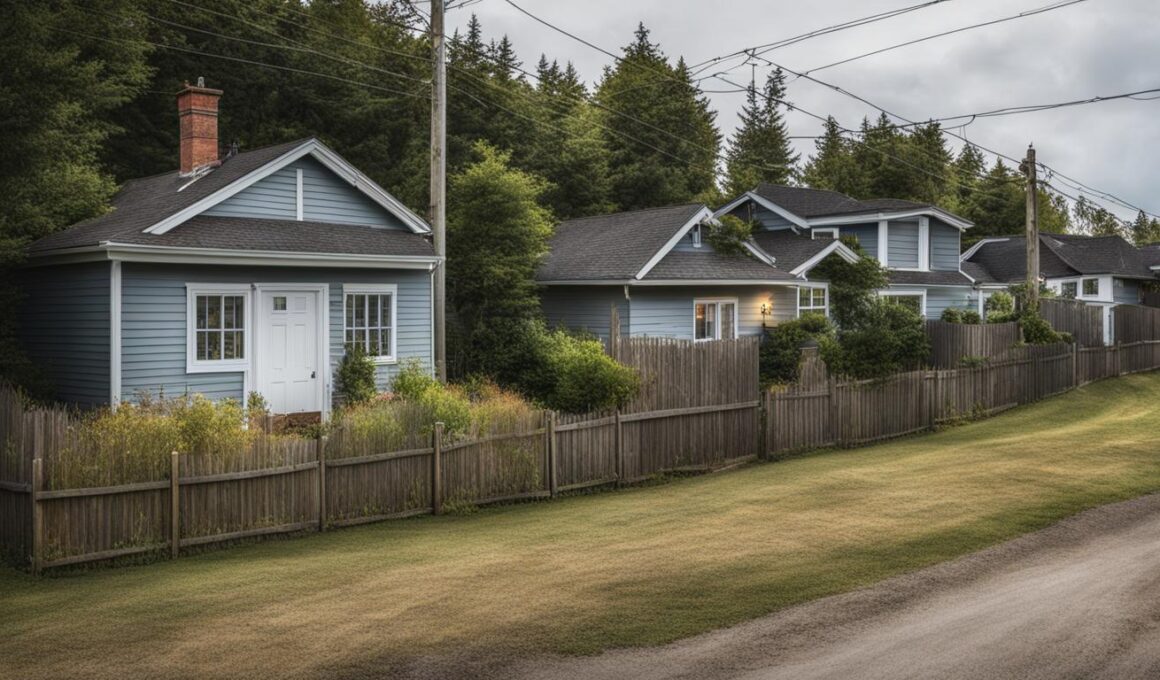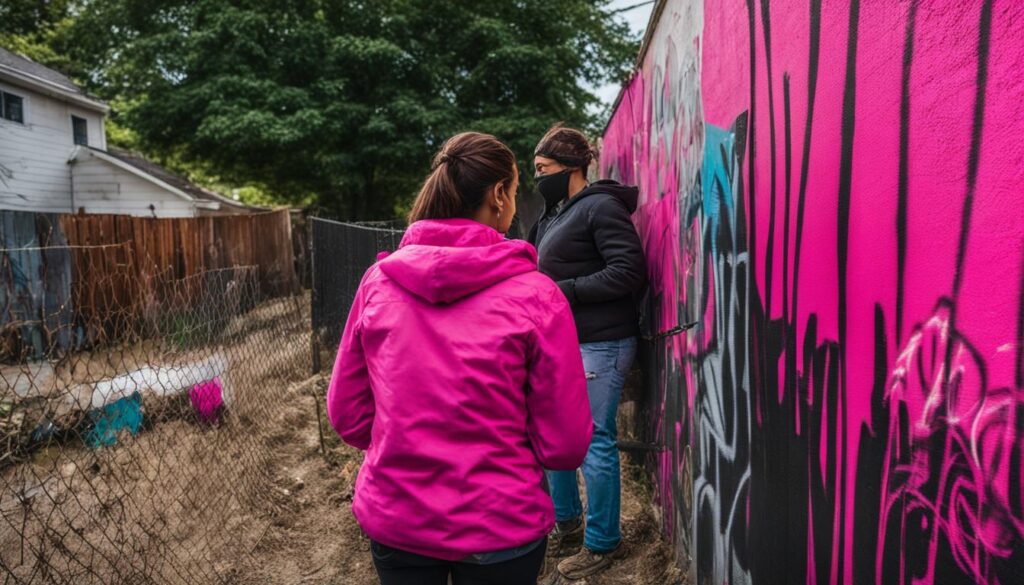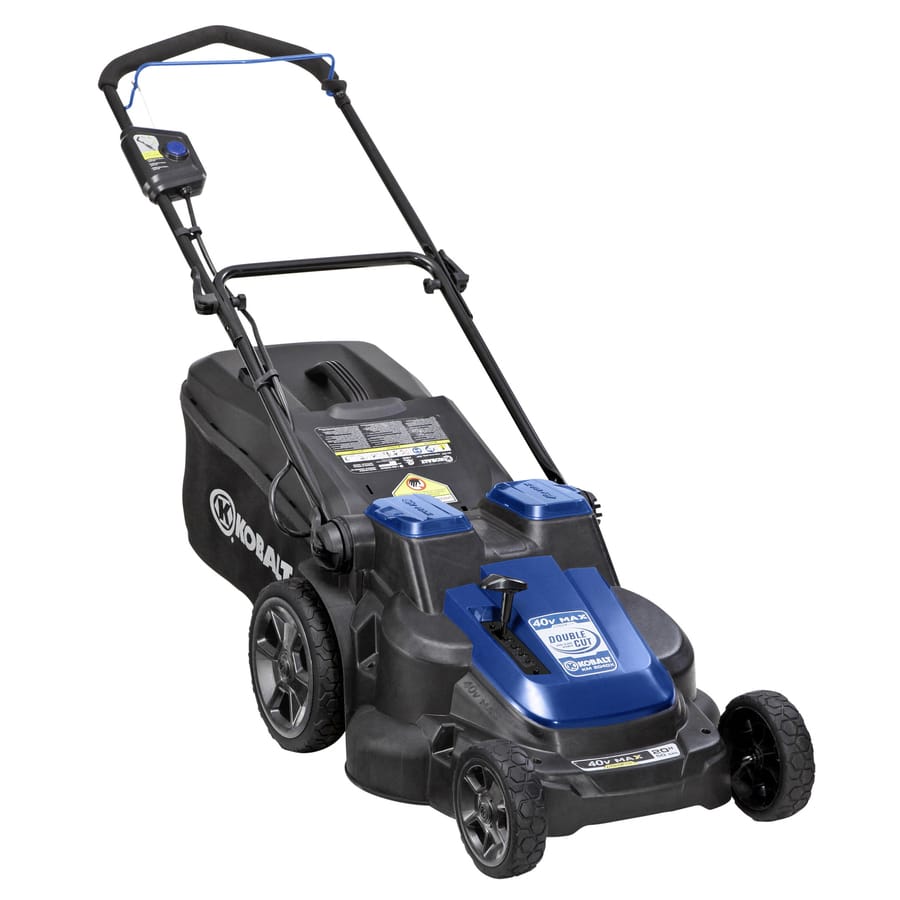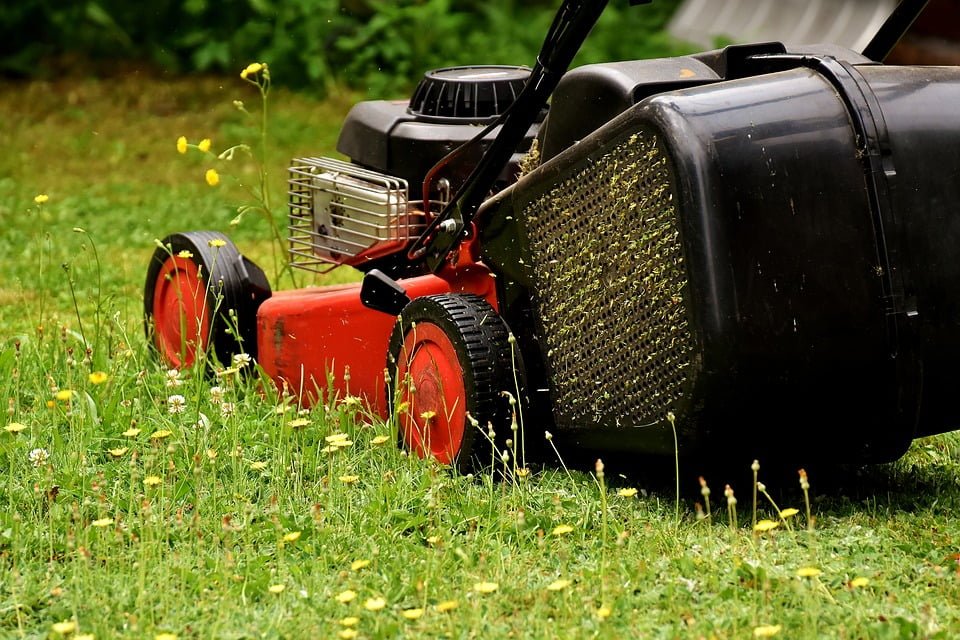Fence ownership is a common source of uncertainty among homeowners. It is important to determine who owns the fence in order to understand the responsibilities and legalities surrounding it. There are various ways to figure out fence ownership, such as checking the transfer, title plan, or conveyance deed. These documents may indicate whether the fence is solely owned by one homeowner or if it is shared between neighbors. In some cases, the deed may not provide this information, which can lead to fence disputes.
Responsibilities for Fence Repair and Maintenance
When it comes to fence repair and maintenance, the responsibilities may vary depending on the ownership arrangement. If you are the sole owner of the fence, the responsibility for its upkeep falls solely on you. This means that you are responsible for any necessary repairs and regular maintenance to ensure the fence remains in good condition.
However, if the fence is shared between you and your neighbors, the responsibility for its repair and maintenance is equally shared. Both you and your neighbors have a responsibility to contribute to the upkeep of the fence. This includes repairing any damages and ensuring that the fence is well-maintained.
It’s important to note that even if the fence is falling apart, your neighbor is not legally obligated to repair it. In such cases, it may be beneficial to explore alternative options. For example, you could consider building a new wall next to the old one or seeking professional advice on the best course of action.
Communication is key when it comes to fence repair and maintenance issues. It’s important to approach these matters with open communication and a willingness to find a mutually agreeable solution. By working together with your neighbors and addressing any concerns or disputes promptly, you can ensure that the fence is properly repaired and maintained.
Modifying the Fence without Permission
Modifying a fence without the neighbor’s permission can lead to legal complications. It is important to respect the boundaries and rights of the neighbor when it comes to fence modifications.
Any changes to the fence, such as putting up a new barrier or removing the existing one, should be done with the neighbor’s knowledge and consent. This includes alterations like altering the fence, fence modifications, fence removal, or fence replacement.
Written notice is often required when putting up a new fence, and failure to provide this notice can result in legal action. It is advisable to maintain open communication with the neighbor and seek their consent before making any modifications.
Building Close to the Fence
When considering building near the fence, it is important to understand the property boundaries and any relevant construction regulations. Knowing where the property lines are can help you determine if your planned construction falls within your property boundaries.
If the boundary for the front of the property is less than 4 inches high, you can freely build near the fence without the need for planning permission. However, it is always a good idea to consult your local construction regulations and obtain any necessary permits to ensure compliance.
It is crucial to respect not only the legal requirements but also your neighbor’s rights when undertaking construction near the fence. Be mindful that your construction activities might have an impact on their property, such as noise or debris. Consider discussing your plans with your neighbor and addressing any concerns they may have.
By building close to the fence with proper planning and consideration for both the property boundaries and the neighbor’s consent, you can minimize potential disputes and maintain a harmonious relationship with your neighbor.
Maintaining a Good Relationship with Neighbors
Maintaining a good relationship with neighbors is crucial for a harmonious living environment and smooth resolution of any potential disputes that may arise. Open and honest communication is key to fostering positive neighborly relations when it comes to fence ownership and maintenance.
When dealing with shared fence responsibilities, it is important to discuss and mutually agree upon repair and maintenance tasks. By openly communicating and finding common ground, both parties can ensure that the fence remains in good condition and meets the expectations of both neighbors.
A concept that may help in resolving shared fence responsibilities is the idea of a “good neighbor fence”. This means that both sides of the fence have an equal share of the visually pleasing and not-so-pleasing aspects. By jointly maintaining and investing in the fence, it creates a balanced and fair arrangement for both parties involved.
However, it is essential to remember that any decisions regarding fence modifications or arrangements should be made with the understanding and agreement of both neighbors. Respecting each other’s opinions and coming to a consensus can help prevent misunderstandings and enhance the overall relationship.
In conclusion, a strong, neighborly relationship built on open communication and mutual respect is vital for maintaining a peacefaul coexistence and resolving any potential disputes that may arise. By working together to find common ground and discussing shared fence responsibilities, you can establish a positive and harmonious relationship with your neighbors.
Dealing with Neighbor Disputes
Fence disputes can sometimes be indicative of larger issues within the neighbor relationship. If the fence dispute is part of a larger pattern of conflicts, it may be necessary to evaluate the overall situation and consider alternative options. Selling the property might be an option to remove yourself from a challenging neighbor situation. However, it is important to disclose any neighbor issues to potential buyers to avoid legal complications. Disclosure of neighbor disputes is a legal requirement and failing to do so can lead to consequences in the future.
When considering selling the property, it may be beneficial to explore alternative selling options, such as selling to a company that specializes in buying houses in challenging situations. These companies offer a quick and stress-free way to sell the property without the need for extensive repairs or dealing with difficult neighbors.
Can Gardening Costs Impact Fence Ownership and Maintenance?
When considering fence ownership and maintenance, it’s important to factor in garden costs in US. The type of plants and landscaping surrounding your fence can affect its appearance and durability. Additionally, regular maintenance and upkeep of your garden can impact the overall condition of your fence in the long run.
Conclusion
In conclusion, determining fence ownership is crucial for maintaining good neighborly relations and resolving fence disputes. By communicating clearly with your neighbors and understanding your responsibilities, you can foster a harmonious relationship. Whether the fence is solely owned or shared, it is important to follow the proper protocols for repair, maintenance, and modifications, respecting each other’s rights along the way.
However, in cases where disputes cannot be resolved and neighborly relations deteriorate, selling the property may be an alternative option. It is essential to disclose any ongoing neighbor issues to potential buyers to avoid legal complications in the future. Maintaining open communication and demonstrating mutual respect are key to navigating the complexities of fence ownership and establishing positive relationships with your neighbors.
Prioritizing good neighborly relations not only helps resolve fence-related disputes but also contributes to a harmonious living environment. By emphasizing open communication, understanding, and cooperation, you can ensure that your interactions with neighbors are positive and constructive. Remember to approach fence ownership with a neighborly mindset, as resolving disputes and maintaining good relations can lead to a more enjoyable and peaceful living experience for everyone involved.











